'She conducted herself at her execution with the greatest fortitude and godliness.'
During the first few months of 1553, Edward VI under the influence of Dudley, had made an amendment to his Devise for the Succession in which he disinherited his half-sisters Mary and Elizabeth and named Jane his heir. By the May of that year and as part of his master plan Northumberland arranged the marriage of his son Guildford to Jane. Two months later, the boy king was dead and Jane was proclaimed queen and in a surprising act of defiance refused to allow Guildford to be named king, therefore scuppering Northumberland's plans to control both Jane, Guildford and England. Soon after events took a downturn with surprising speed. By July Jane was deposed, by November she had been tried and found guilty and by the beginning of February she was awaiting the day of her execution.
What we should now remember about Jane is that she was an intelligent and feisty girl who left a lasting impression, notably on John Feckenham the Catholic priest Queen Mary sent to convert her and that she was one of many Tudor women whose wants and needs were overridden by the actions of the self-serving Tudor man. She was not the first to die because of the ambition of others, and she would not be the last.
An interesting side note on Jane's death is the death of Richard Morgan the judge who condemned her, he, by all accounts, died tormented by guilt two years later -
Jane Grey was buried along with her husband in the Chapel of St Peter ad Vincula.
Their grave is not marked.
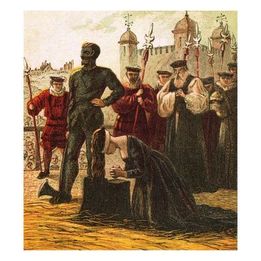

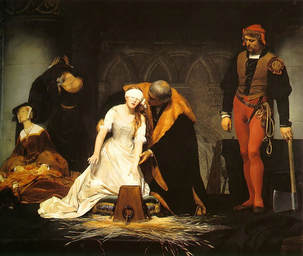
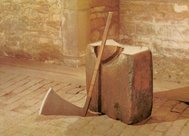
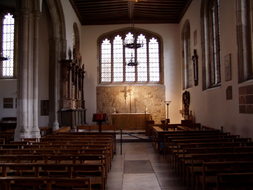
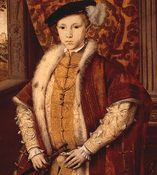
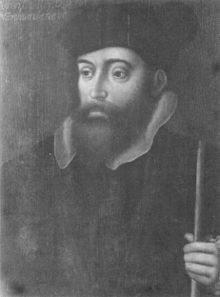
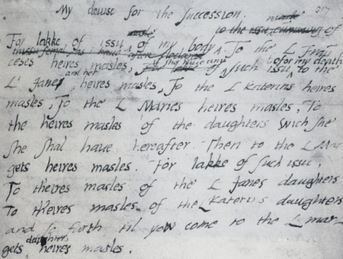
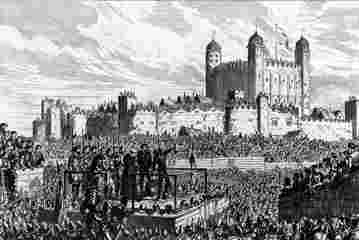

 RSS Feed
RSS Feed
